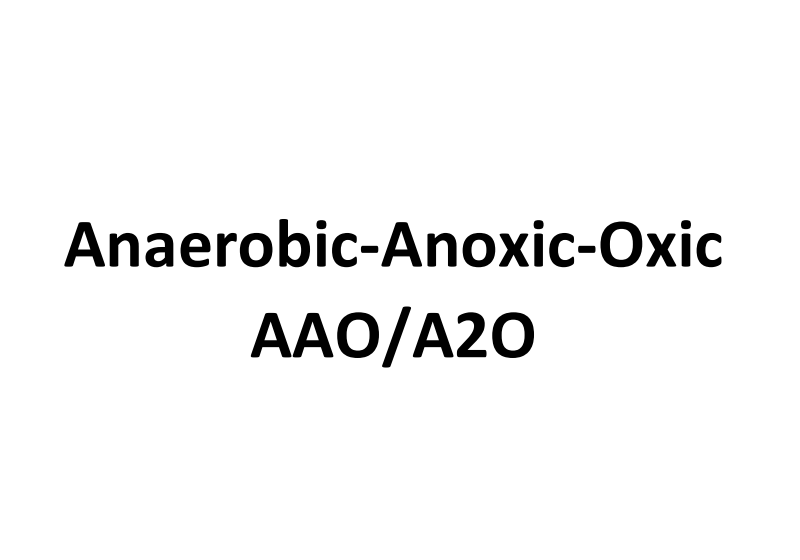Effect of Temperature on Nitrogen and Phosphorus Removal by AO and AAO Process
Activated sludge process is a biochemical treatment process in sewage treatment, including:
AO (Anoxic-Oxic) Process
AAO (Anaerobic-Anoxic-Oxic) Process
Effect of Temperature on COD Removal
Temperature has little effect on the removal of COD in AAO process. Even if the temperature is lower than 5 ℃, the removal rate of COD can reach more than 85%, indicating that temperature has little effect on the transformation of organic matter by phosphorus accumulating bacteria. The removal of COD by AO process tends to decrease between 5-15 ℃ and then increase with the increase of temperature. This may be because when the climate is in the alternation of cold and warm, the number and structure of the flora in the system will change, and the dominant population in the system will gradually evolve from the flora preferring one temperature to the flora preferring another temperature, thus affecting the treatment capacity of organic matter.
Effect of Temperature on Nitrogen Removal
The effect of temperature on nitrogen removal of both processes is obvious - TN removal rate of both processes is significantly improved with the rise of temperature. Especially for AO process, when the temperature is higher than 15 ℃, the TN removal rate increases almost linearly. The reason why temperature enhances the nitrogen removal performance of the two processes is, on the one hand, that the increase of temperature is conducive to the growth and reproduction of activated sludge microorganisms and improves the efficiency of nitrogen assimilation; On the other hand, the increase of temperature also enhances the metabolic activity of nitrifying bacteria and denitrifying bacteria in the system, which enhances the denitrification and denitrification capacity of the system.
It is generally believed that the most suitable growth temperature for nitrobacteria is 25-30 ℃. When the temperature is less than 15 ℃, the nitrification rate and nitrifying bacteria activity decrease significantly. When the temperature is below 5 ℃, the life activity of nitrifying bacteria almost stops. It is worth mentioning that sometimes, even at low temperature (below 5 ℃), the TN removal rate of the two systems will not be lower than 40%, which indicates that the two systems mainly rely on the assimilation of microorganisms in activated sludge to remove nitrogen at low temperature.
Effect of Temperature on Phosphorus Removal
From the actual situation, the phosphorus removal rate of AAO process increases with the increase of temperature, especially when the temperature is higher than 20 ℃, the TP removal rate tends to be stable. This is because the key to biological phosphorus removal is to rely on the phosphorus removal activity of phosphorus accumulating bacteria. Higher temperature is conducive to increasing the activity of phosphorus accumulating bacteria and improving the phosphorus removal rate.
However, the regularity of phosphorus removal by AO process changing with temperature is not strong, and there is no obvious correlation. This is because there is no anaerobic section in the AO process, and there is no condition for the survival of phosphorus accumulating bacteria. The removal of phosphorus only depends on the assimilation of microorganisms, so temperature has little effect on the assimilation of microorganisms in the process.
#QDEVU #WATERTREATMENT #WASTEWATERTREATMENT #SEWAGETREATMENT



